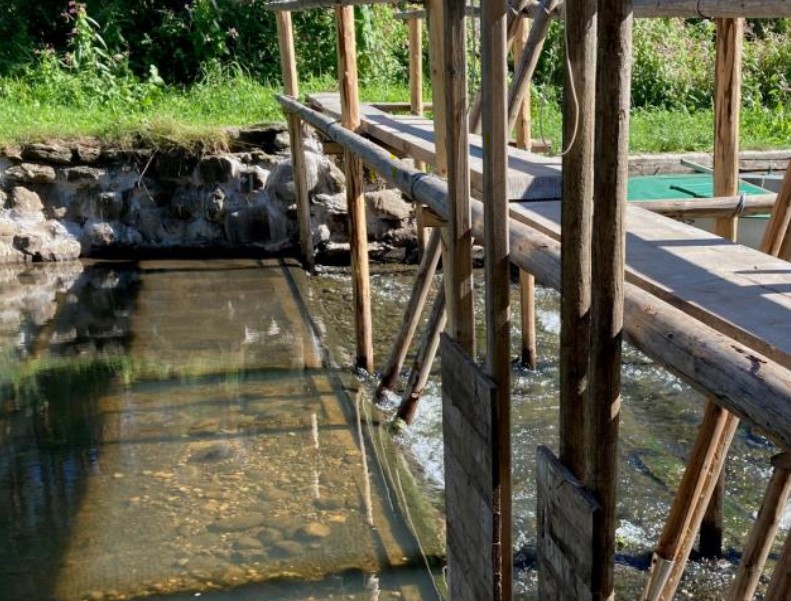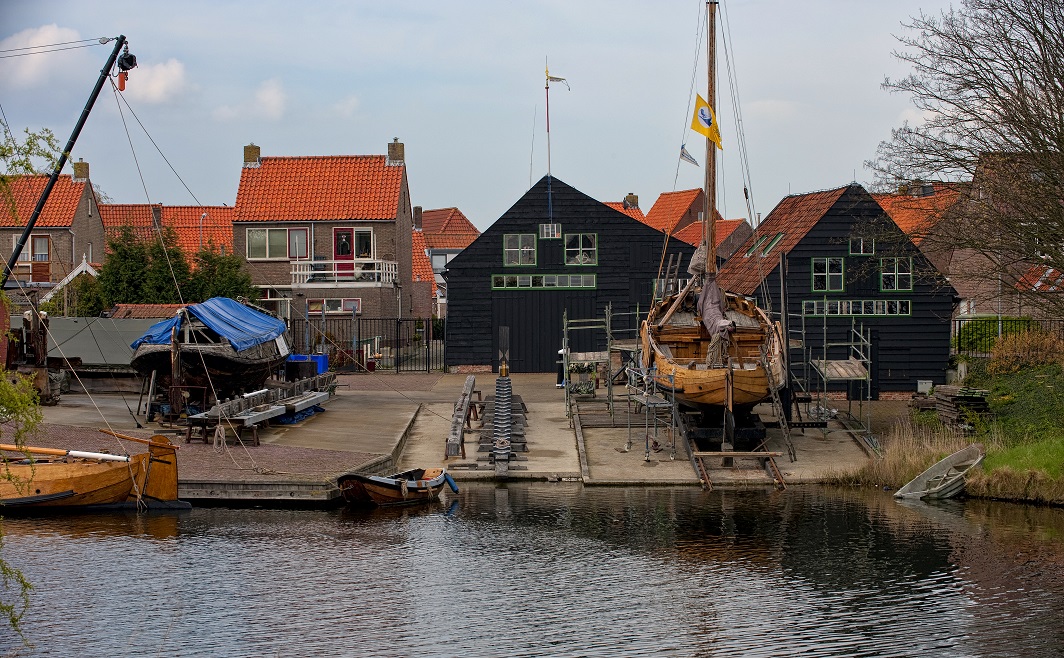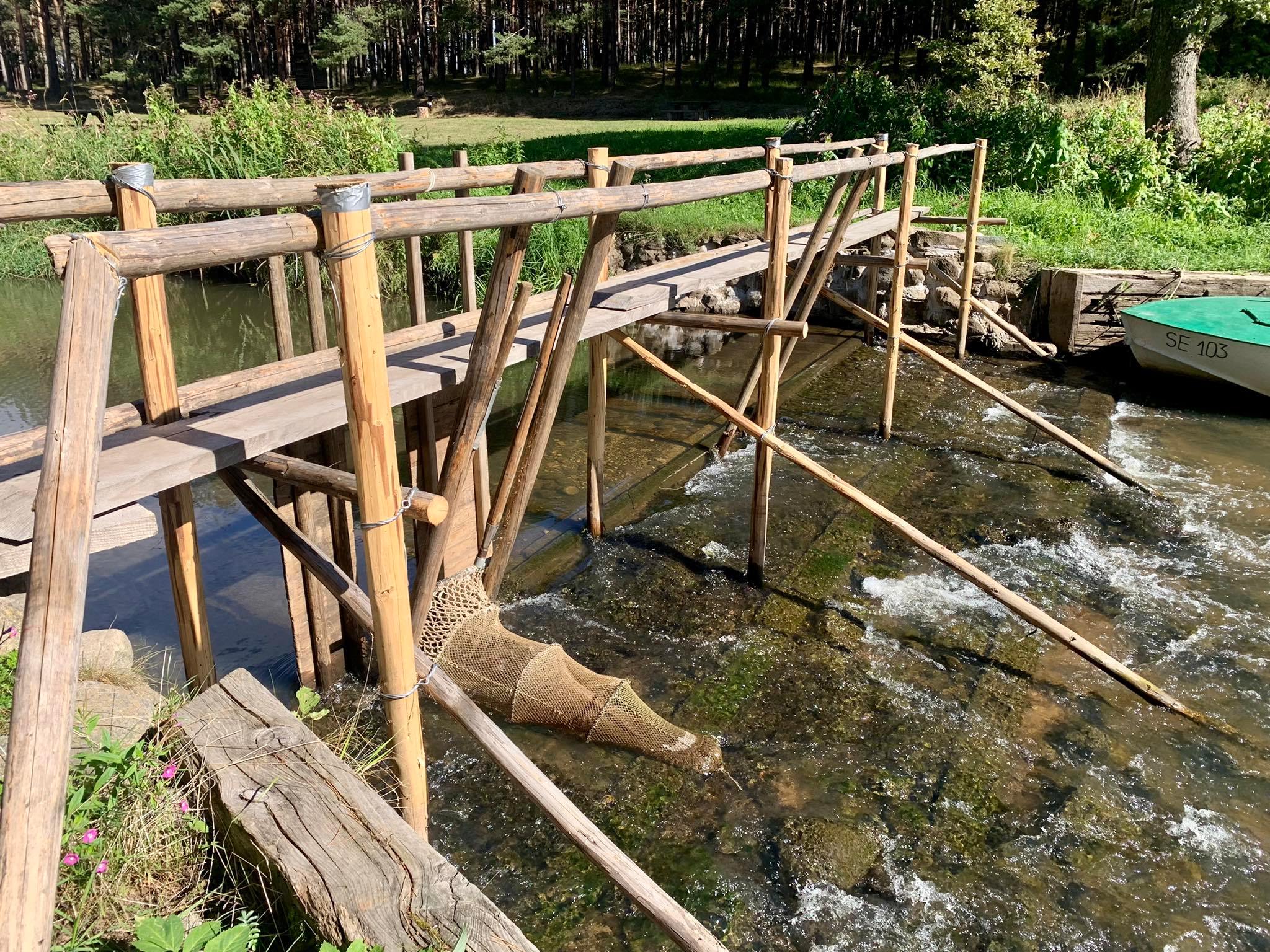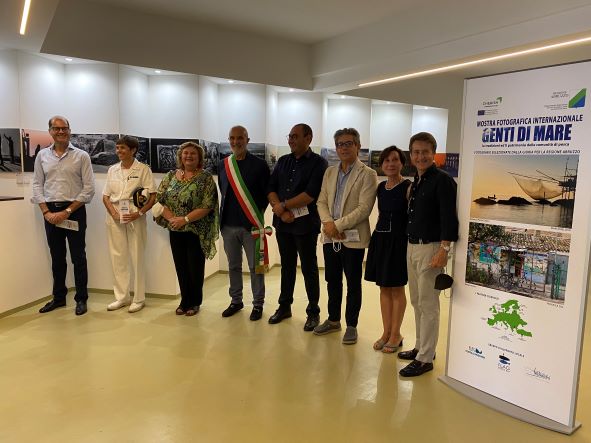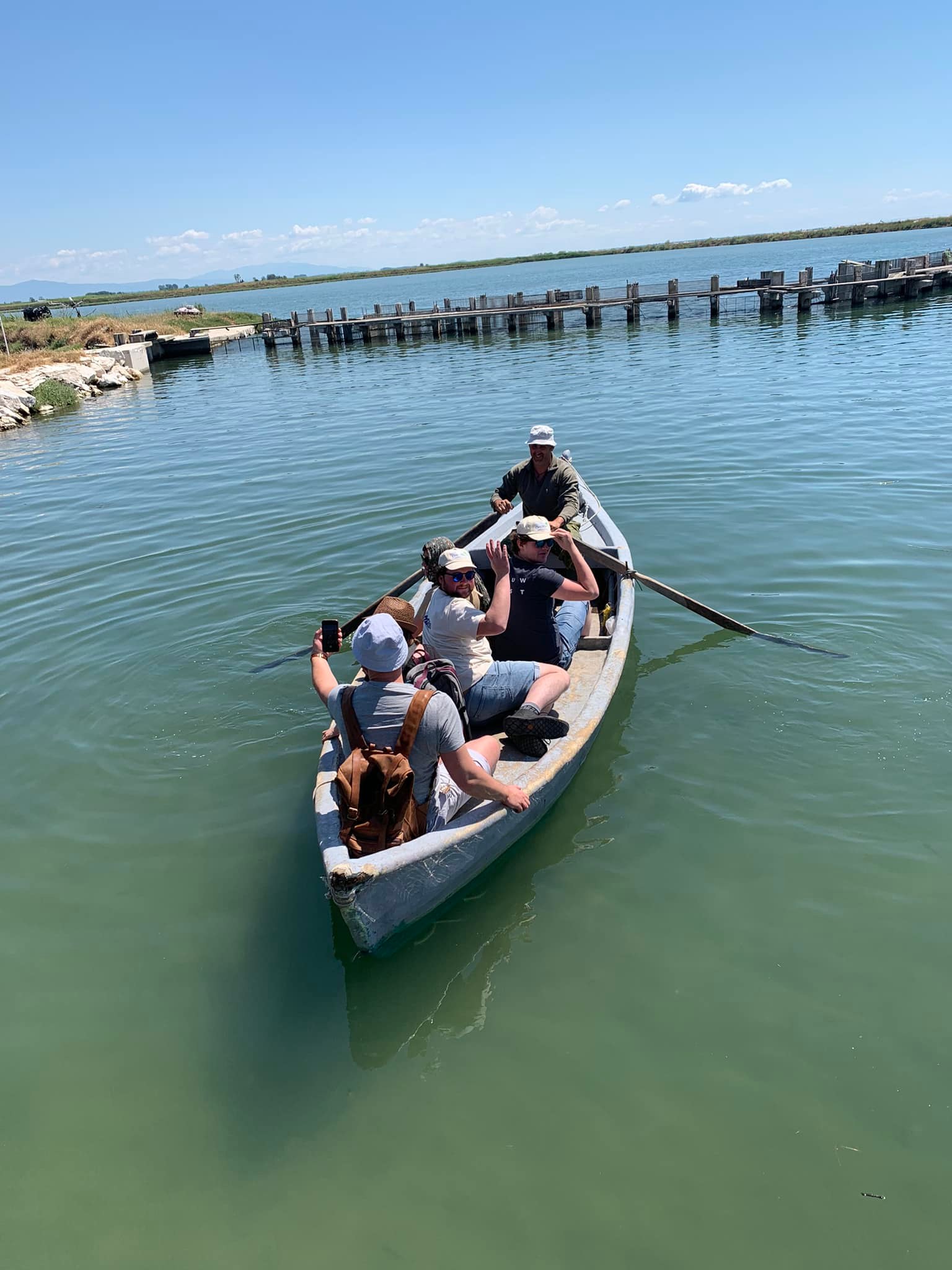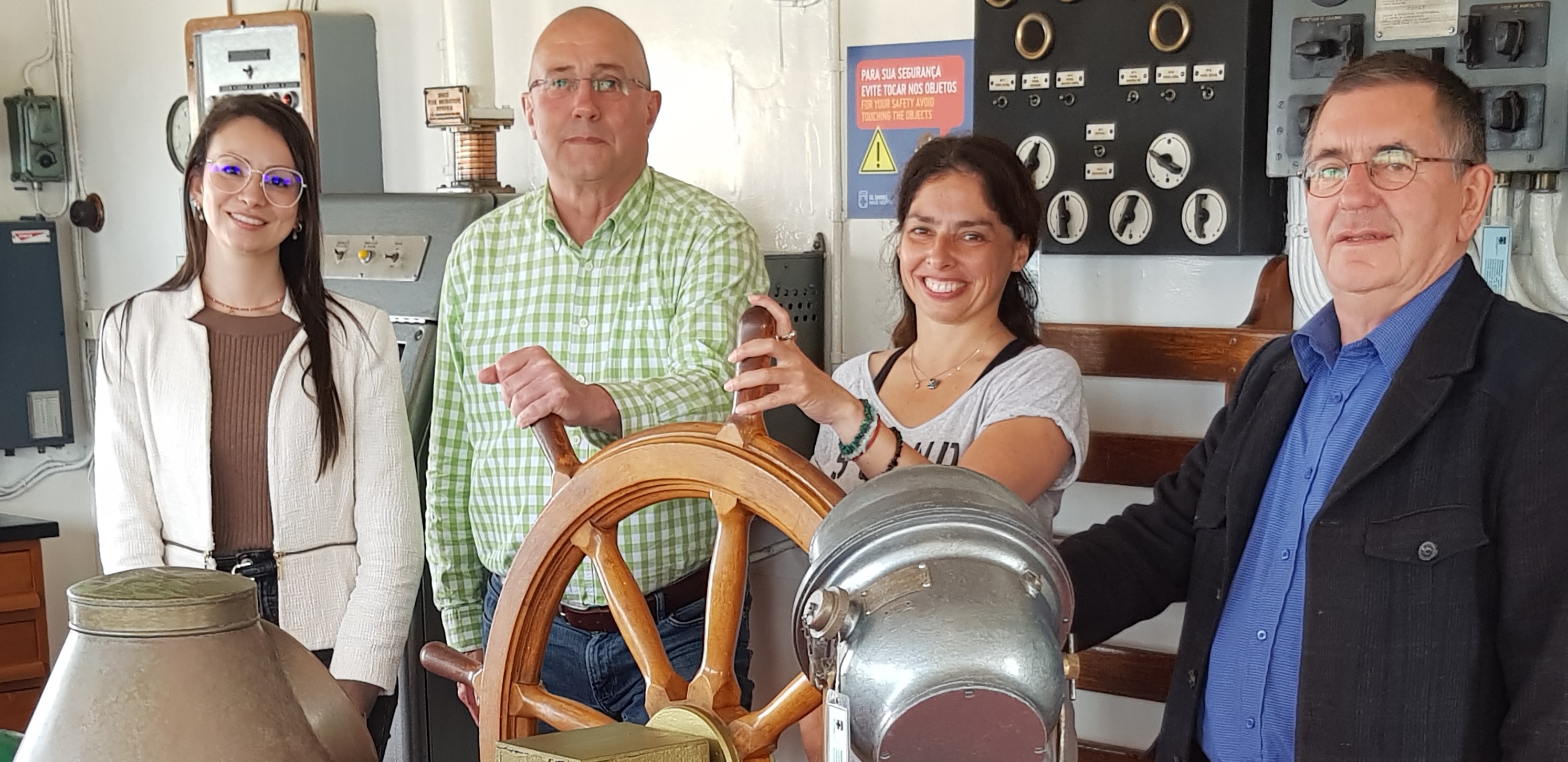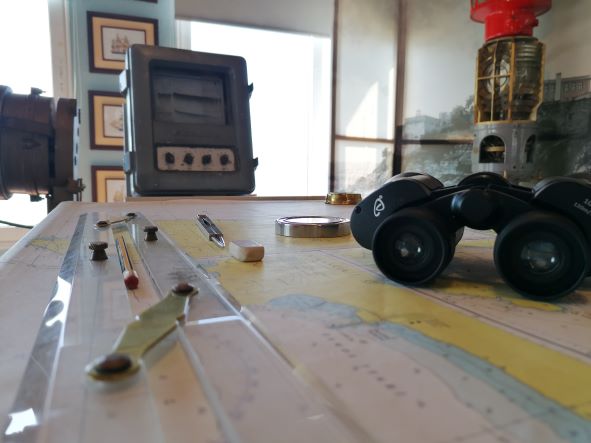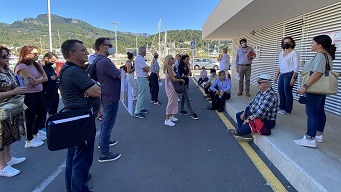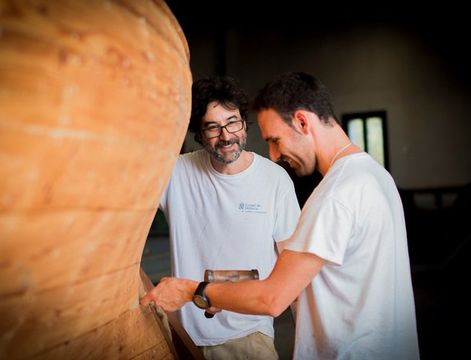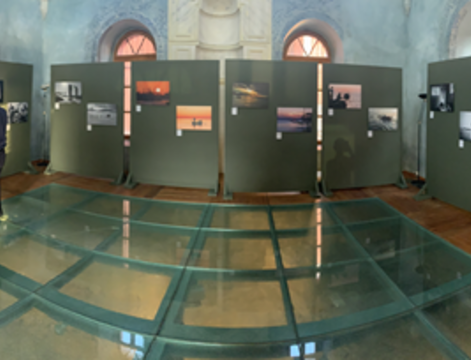Middelburg is located in the province of Zeeland. This province has a relatively long coastline which for one part faces the North Sea and for the other the rivers Westerschelde and Oosterschelde. Vlissingen and Arnemuiden have the biggest and most modern fleets of Zeeland. Fishermen from both places developed their industry from small scale daily fishing nearby the harbours to large scale fishing operations in the North Sea.
In 1953 a big flood took place which caused the government to take drastic measures in order to protect the land from the sea, it was called the “Deltawerken” and consists of higher dikes, and the placement of a dam in the Oosterschelde which closes at storm tide. The Deltawerken had an enormous impact on the fishing communities as a number of fishing villages were suddenly cut off from the sea.
Most of the fishing vessels of Arnemuiden have moved to Vlissingen, but the historic scenery and some traditions remained. Fish mongers have been honoured with a statue, and in the village of Arnemuiden the biggest number of women wearing traditional clothing can be found in the province. Unfortunately, traditional clothing is not as popular as it used to be, and old crafts are not being taught to new generations. Turning the heritage of the villages into a unique selling point is essential for the survival of the fishing communities as recent developments are a threat to their future.
Brexit will lead to a loss of fishing grounds in English waters, fishing grounds in Dutch waters are lost due to the construction of windmill parks, and the European Parliament voted for a complete ban on pulse fishing. The latter leads to higher operational costs and continuation of less environmental fishing methods. Action is needed in order to maintain the fishing communities, their histories and their cultural heritage.

In Middelburg, tangible and intangible cultural heritage is being made more available to the public, leading to a rise of visitors. The Arnemuiden Museum has been very successful at collecting tangible items of local historic cultural heritage, including a complete shop inventory from the early 20th century! And within the city many statues and monuments remind the residents and visitors of the rich history of the fishing community. Every year, the fishery days in Arnemuiden and Middelburg put the history and culture of the local fishing communities in the spotlight, attracting visitors from outside Zeeland. And the C.A. Meerman Historic Wharf of Arnemuiden (pictured above) has been successful in preserving traditional knowledge with regards to shipbuilding and the restoration of historic sailing vessels. Young people are learning the crafts while on the job and visitors can see them in action while they are restoring old ships.
One initiative that has successfully made a traditional item popular again, is the sale of fishery sweaters in modern colours. The publicity and sales success of the sweaters have turned the Arnemuiden Fishery Sweater into a brand, and the initiative has been copied by other fishing villages in the Netherlands, France, and the United Kingdom. This is one of the good practices identified by the project.
Going forward with this good practice, the Municipality of Middelburg and the people behind the Fishery Sweater have looked at the possibility of opening a Living Design Lab in Zeeland. They were inspired by a similar endeavour in Tilburg called the TextielLab. A place where people, young and old, can learn about the crafts and techniques behind creating such a product. Read more about the idea here.


